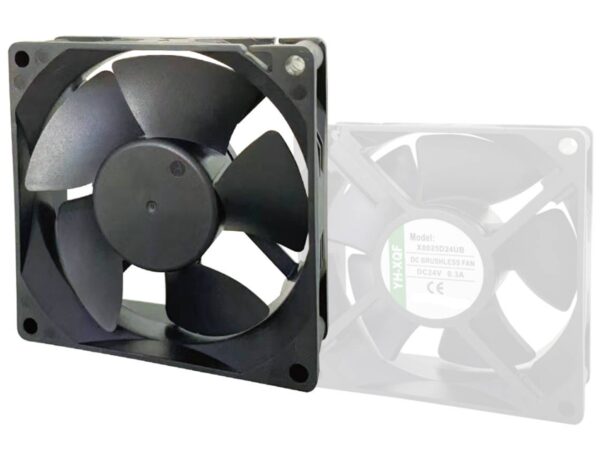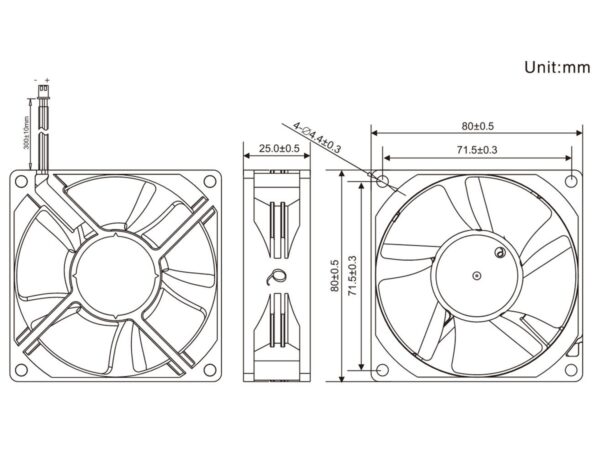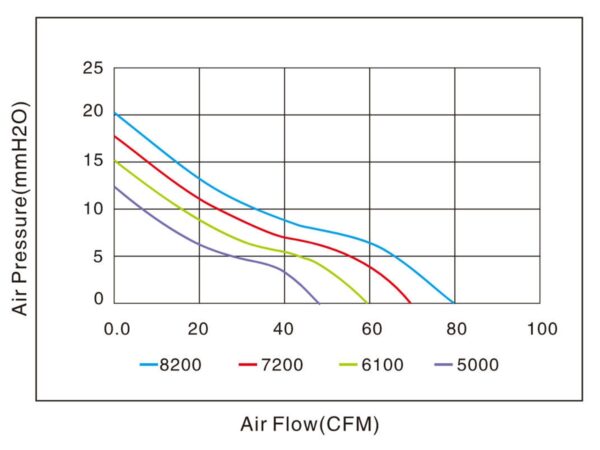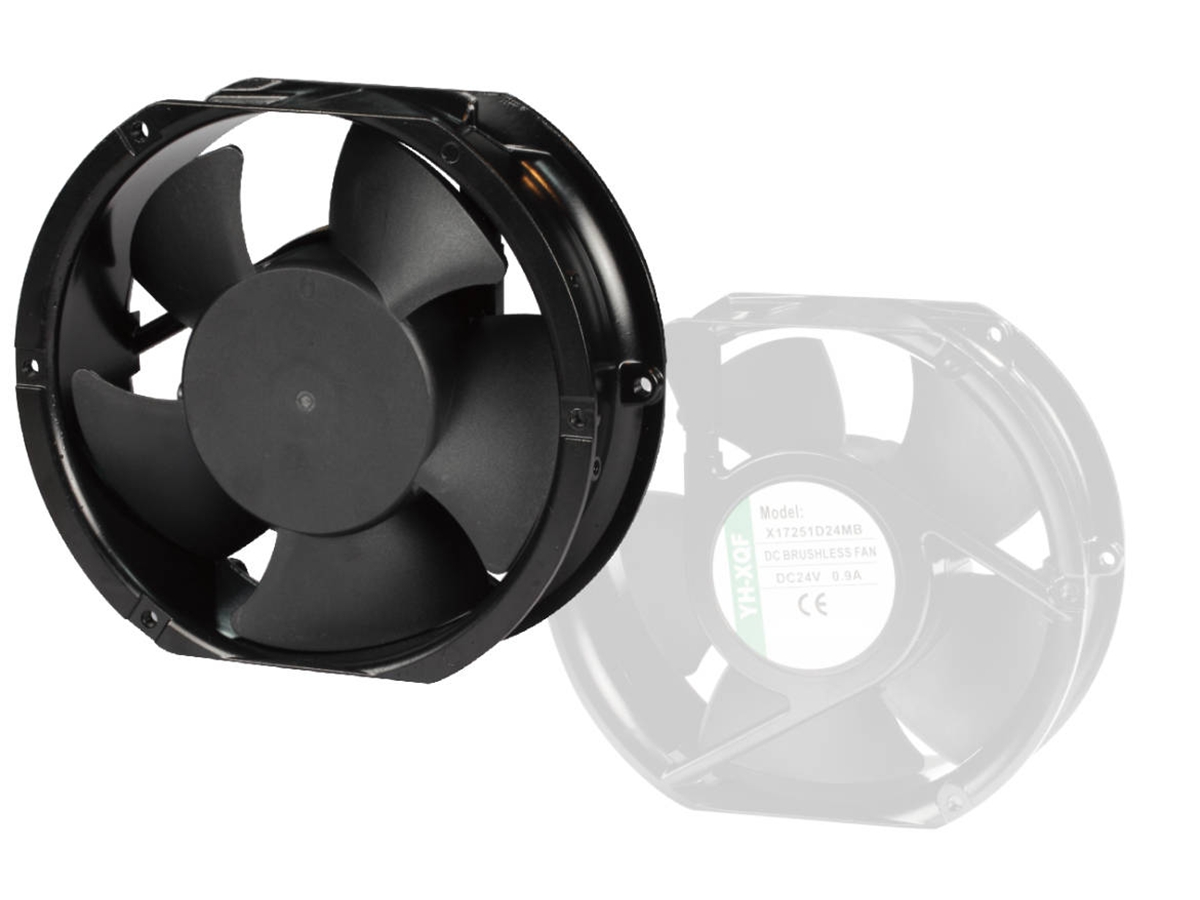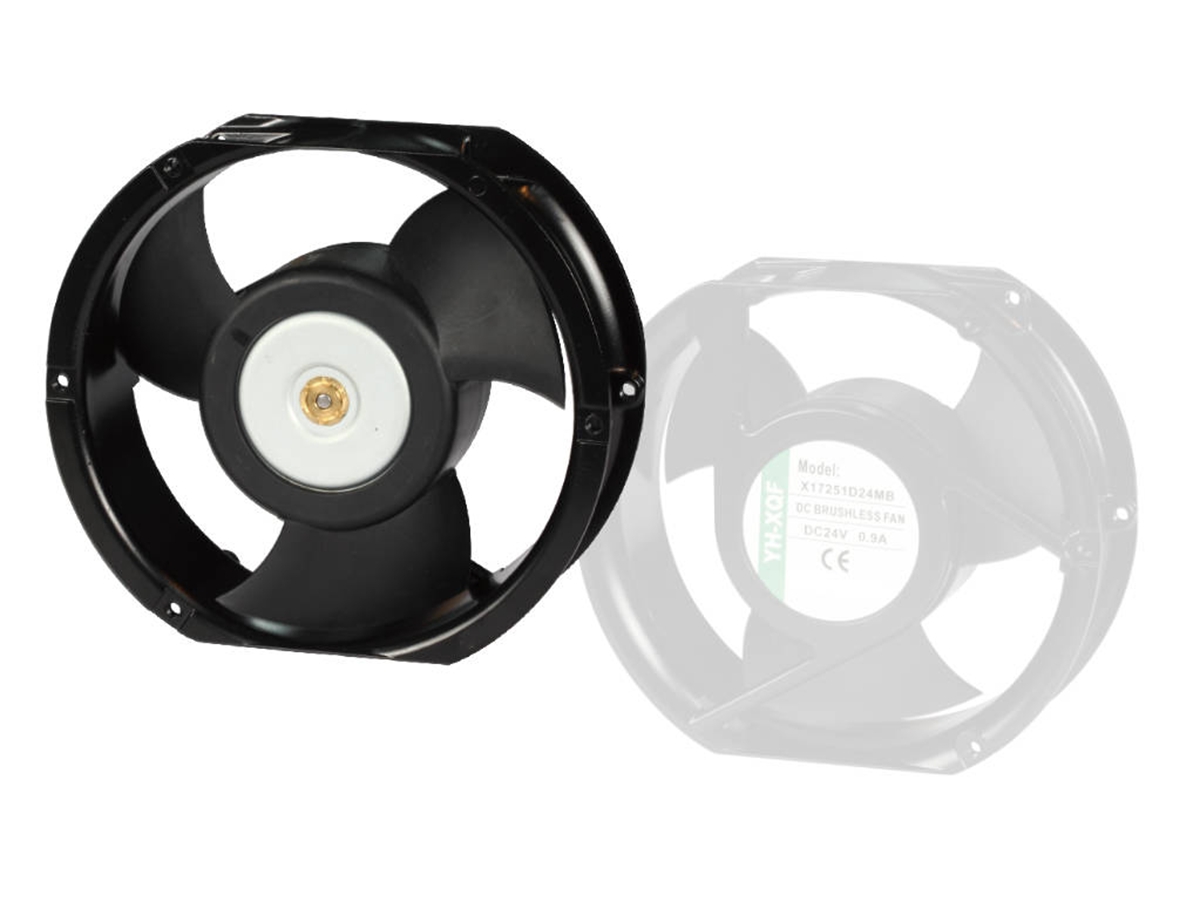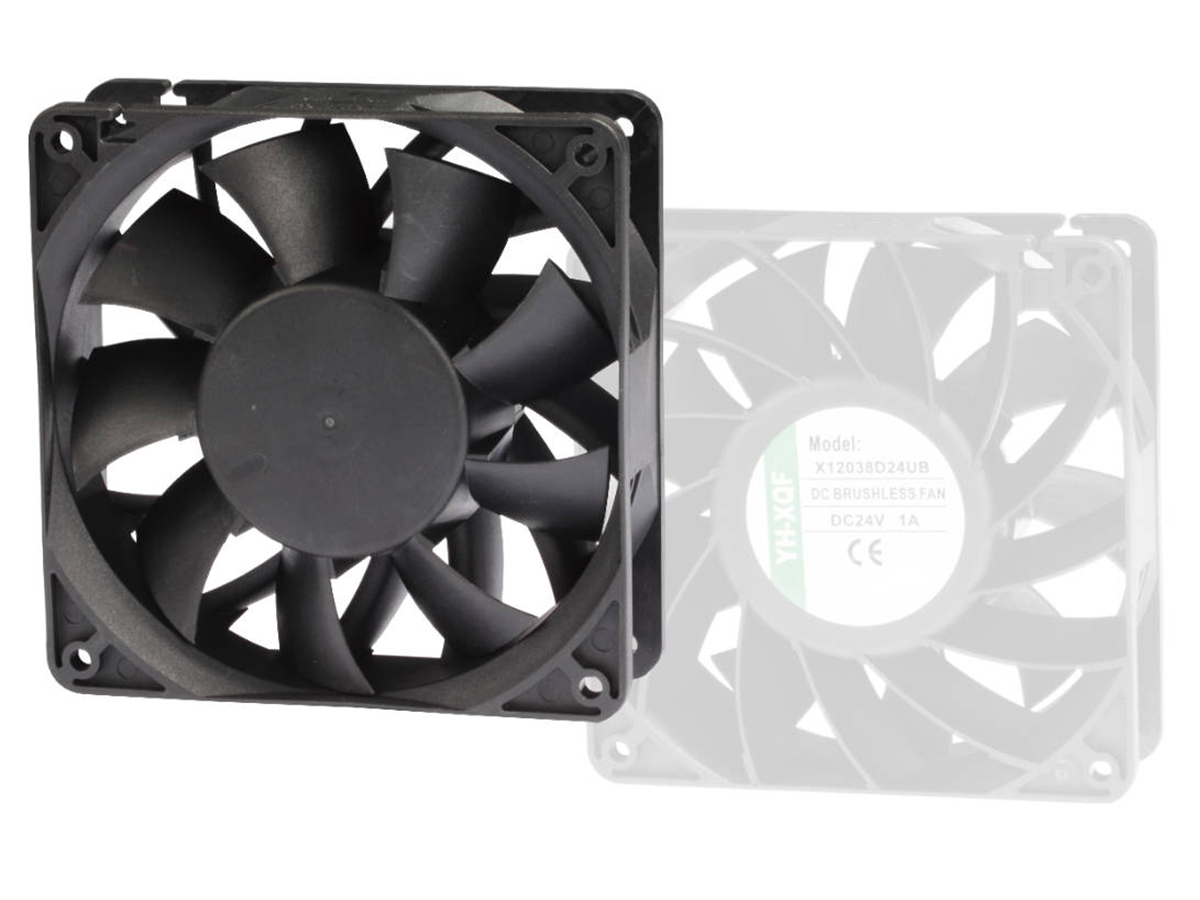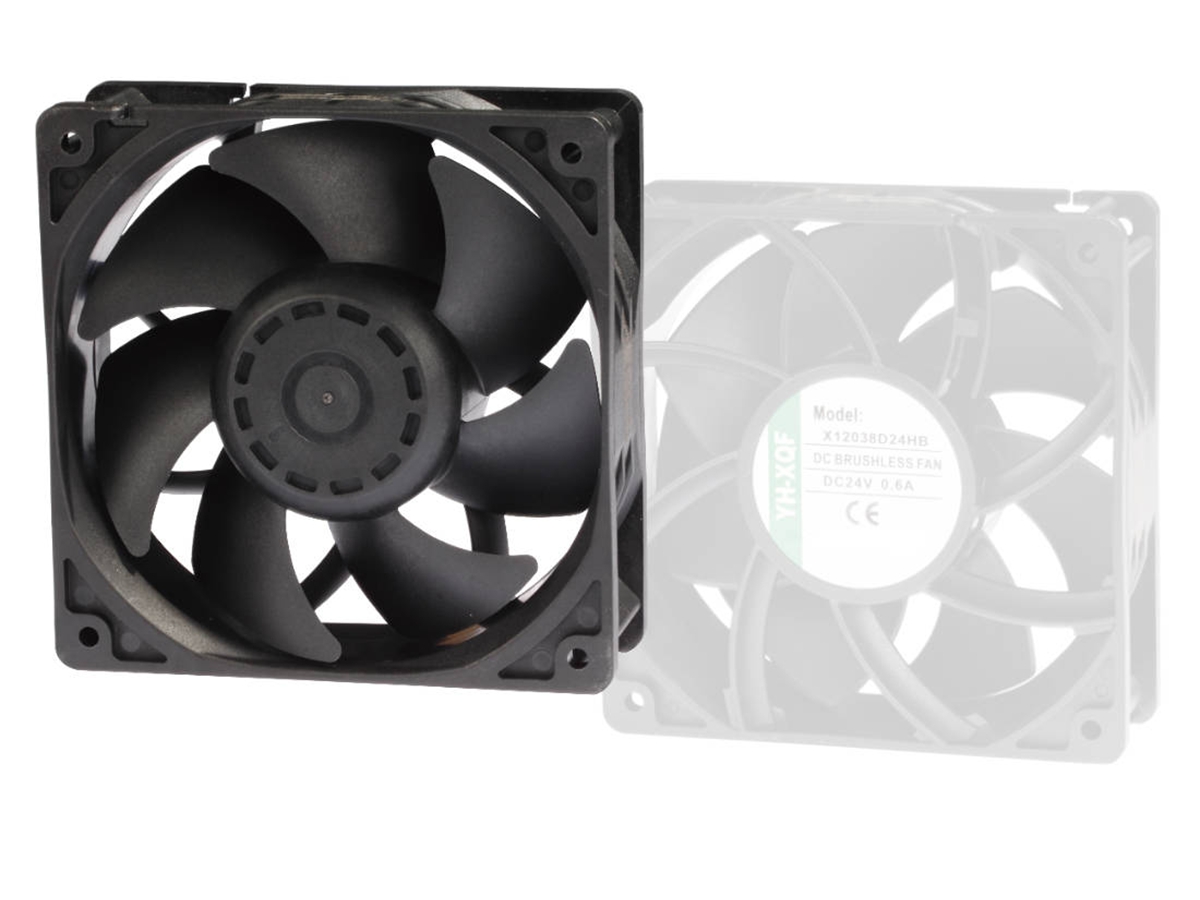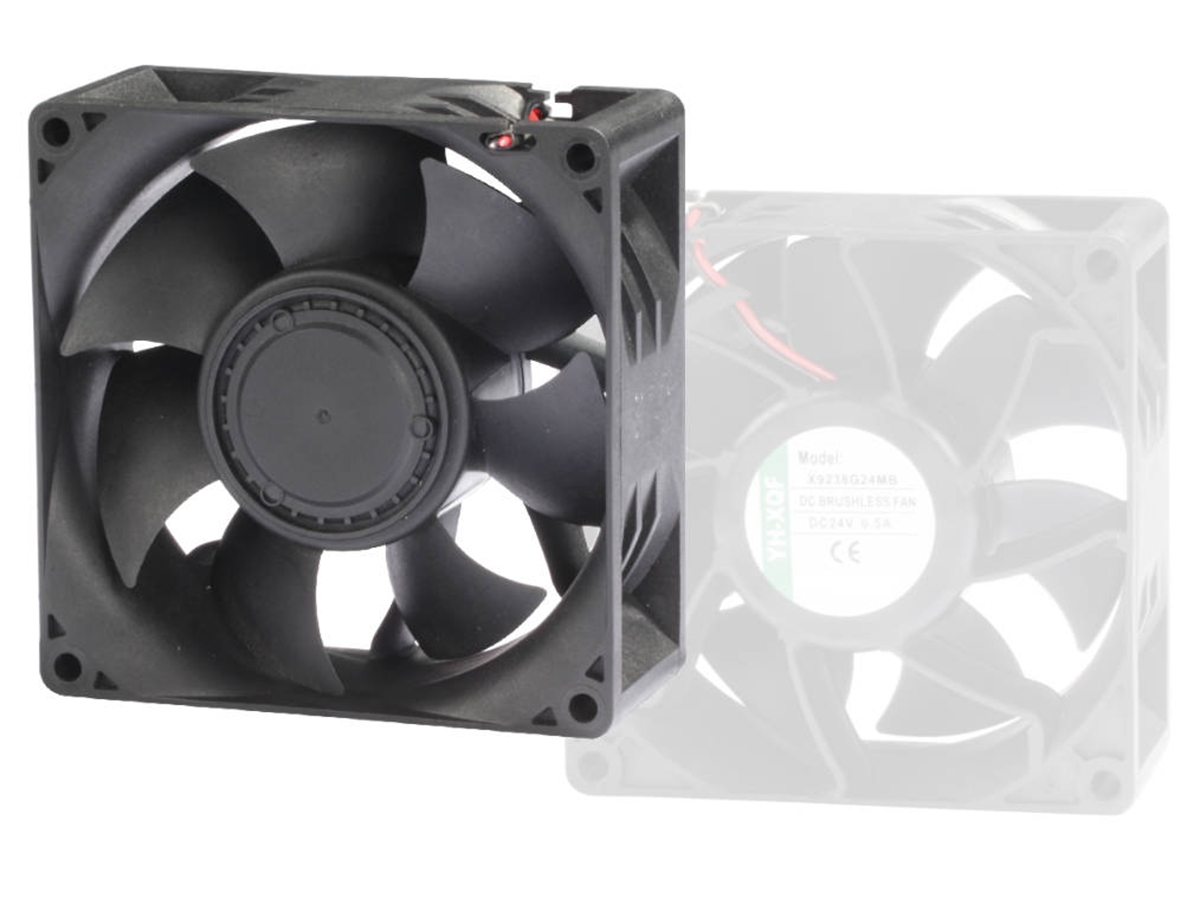Function Description
The “Auto Restart” function of a DC fan allows the fan to automatically resume operation after a power interruption or when certain abnormal conditions are resolved. This feature ensures the uninterrupted operation of the fan without the need for manual intervention, enhancing the reliability and convenience of the equipment it serves.
Working Principle
When a power failure occurs, the fan stops rotating. The auto restart circuitry inside the fan detects the power loss and continuously monitors the power status. Once the power is restored, the circuitry transmits a signal to the fan’s motor to initiate its operation again. In some cases, if the fan encounters problems like overheating or abnormal load that cause it to stop, the auto restart function may also be activated. The fan will attempt to restart after a certain period or when the conditions return to normal, depending on the specific design of the fan.
Advantages
- Enhanced Reliability: It guarantees that the cooling system keeps working, preventing equipment overheating and potential damage. This is particularly vital in critical applications where continuous operation is of utmost importance.
- Reduced Downtime: With the automatic restart feature, there is no need to wait for manual intervention to restart the fan. This significantly shortens the equipment’s downtime and improves overall productivity.
- Low Maintenance: The auto restart function minimizes the need for human monitoring and manual restart operations, reducing maintenance costs and efforts.

